
Introduction
In the MAID Studio course in the Summer Semester 22, interdisciplinary design teams will have the opportunity to develop creative and practical solutions for refugee artisans around the world. Studio Re-solve aims to promote ideas from new perspectives and assumptions into actionable designs. Furthermore, it will produce an assortment of ideas quickly and build consensus around a specific solution.
Brief
Company profile
MADE51 is a market-based model that promotes economic inclusion of refugees in global value chains. In the MADE51 model, UNHCR identifies refugees with artisanal skills, helps refugees create artisan groups (AG) and connects these groups to local social enterprise (LSE) partners. Together, they develop and sell market-ready products. MADE51 convenes strategic partners from the private sector to curate collections, create marketing opportunities and make products available for sale to consumers worldwide.
Goals and Objectives
To enable smoother communications resulting in better production workflow by.
- providing easy and transparent communication among the user groups.
- minimizing the language barrier between people speaking different languages.
- providing an intuitive user experience.
Project overview and scope
MADE51 has a digital platform (a web-based app) as a communication tool to help manage and document the production process among three different user groups mentioned below. The backend, structure of the information technology is in place but the interface needs to be designed. The tool is not yet in use.
Artisan groups
- Age 15 – 35 years
- Varying literacy levels
- Diverse cultural backgrounds Displaced communities
Local Social Enterprises
- Age 20 – 35 years
- Diverse cultural backgrounds, most probably corresponding to host countries
Administrators
- Age 30 – 50 years
- Tech-savvy
- Know MADE51 structure from the inside
Research
General view on refugee camps & life

- Having Education
The factory/workshop location is far from the refugee camp. - Cultural restrictions: Women are not allowed to work.
- Work & child care at the same time.
- Difficult parts of the craft works
Cross Cultural Design

When it launched in India in late 2018, Amazon faced a severe problem caused by a lack of cultural insight and comprehensive UX research.
When they tested the UI, most people thought the icon represented a ping-pong paddle! As a solution, Amazon kept the magnifying glass but added a search field with a Hindi text label to let people know this was where they could initiate a search.
In some languages, “mirroring designs” is something designers must consider.
Interviews

We conducted long interviews over video calls with multiple LSEs. These interviews were designed to help us understand about them, their work and how they communicate with the other stakeholders.
UX Audit

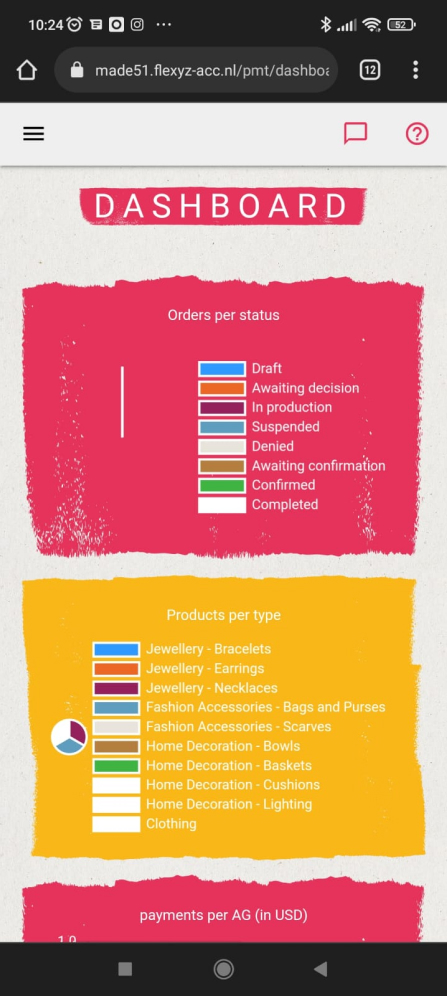

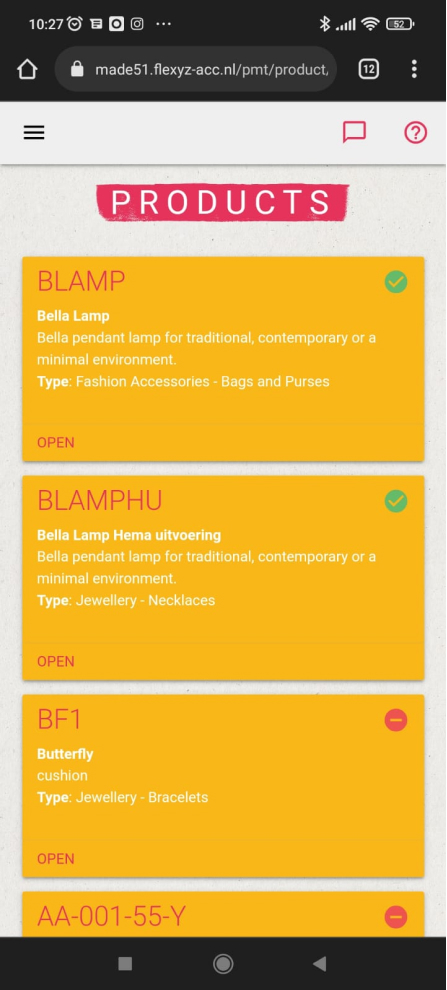

- Icon to open orders.
- What does the Tick and Minus sign depict on the product page? ( it should have an indication or text to define)
- Readability issue in the product boxes
- The shape of the bar should be simple and without texture
- The dashboard can be minimal (The infographic can be used more simply).
- The app should have a button to change the language or it should be used in multiple languages.
- Having setting icons located in the top bar
Low Fidelity Prototype
To check functionality and start creating the first visualizations of the prototype, we created a low-fidelity prototype.
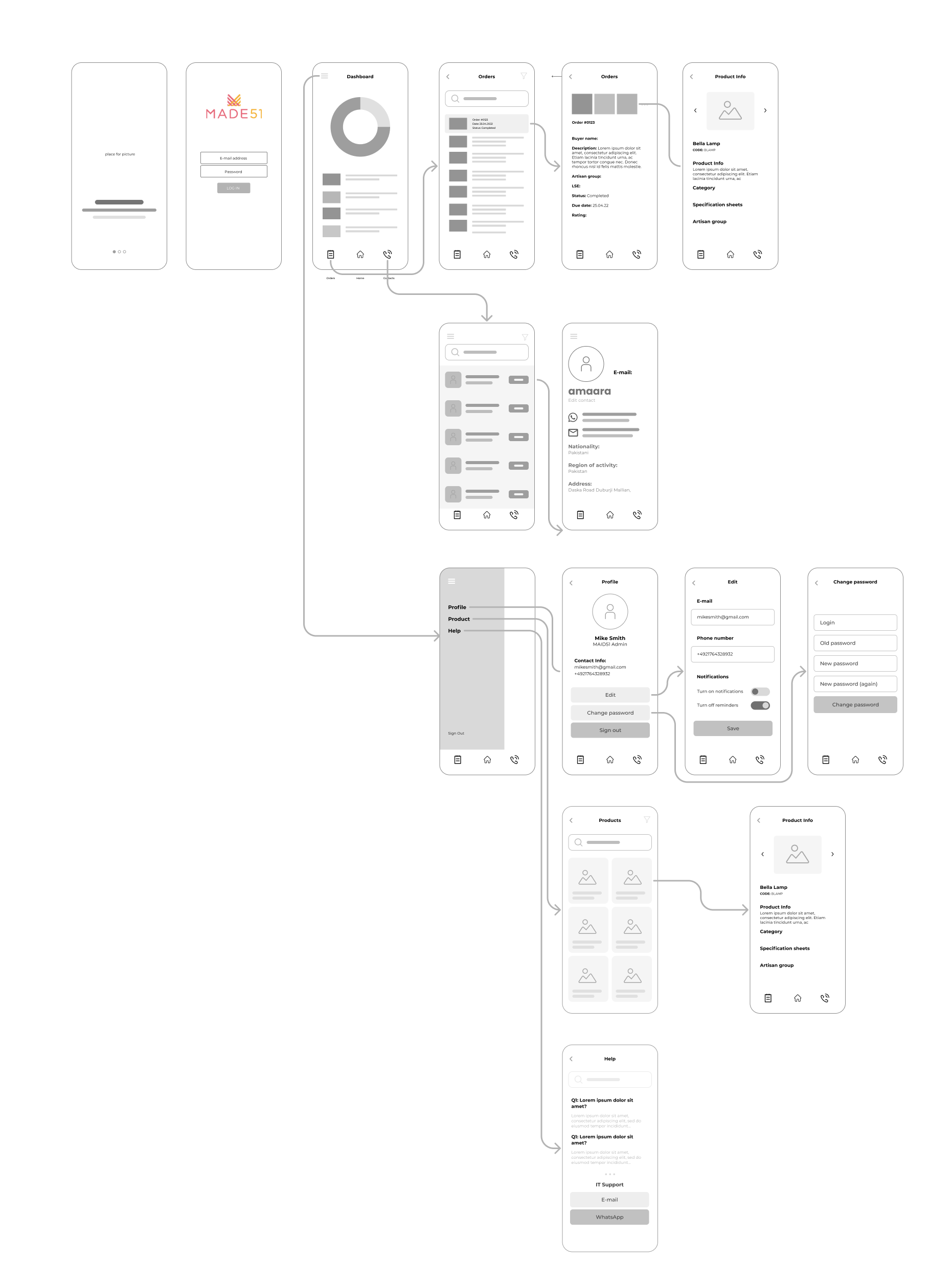
High Fidelity Prototype
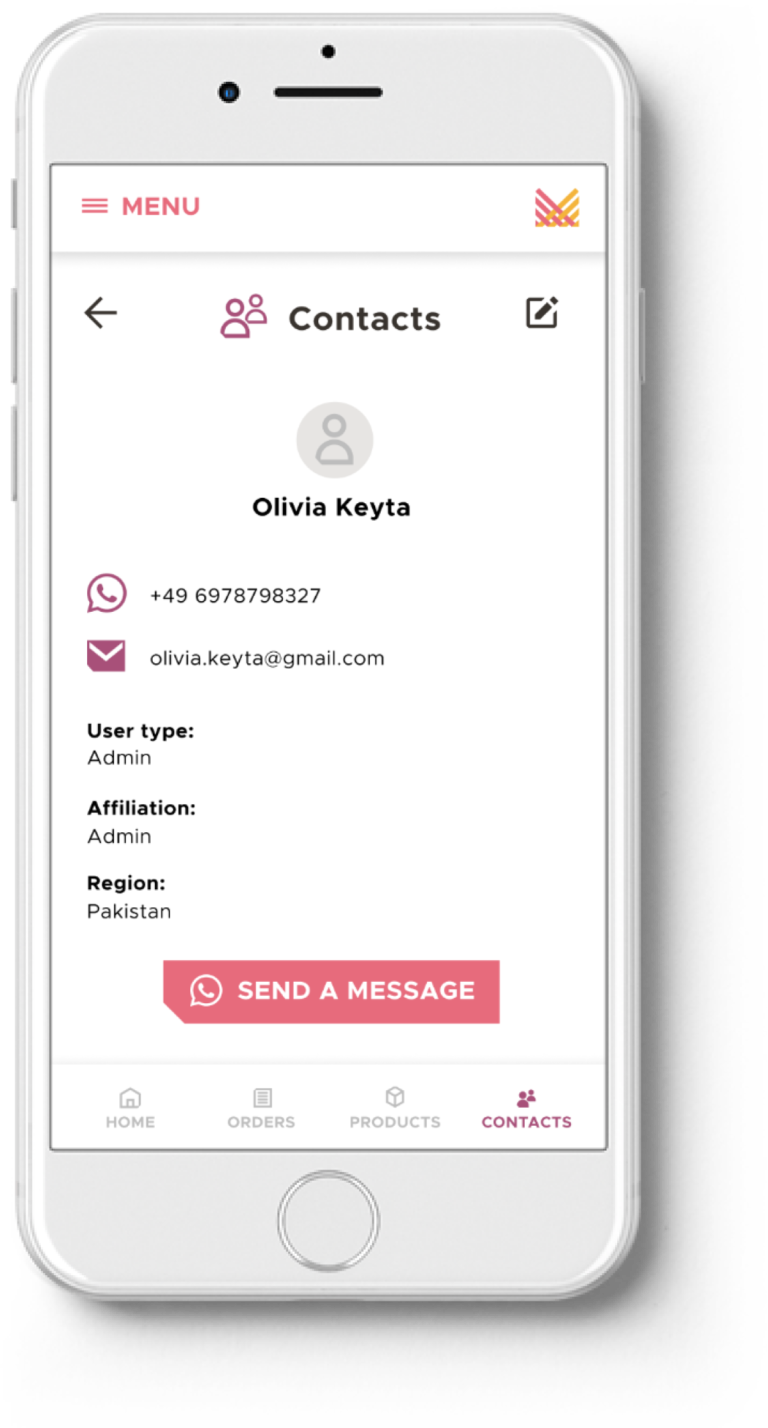
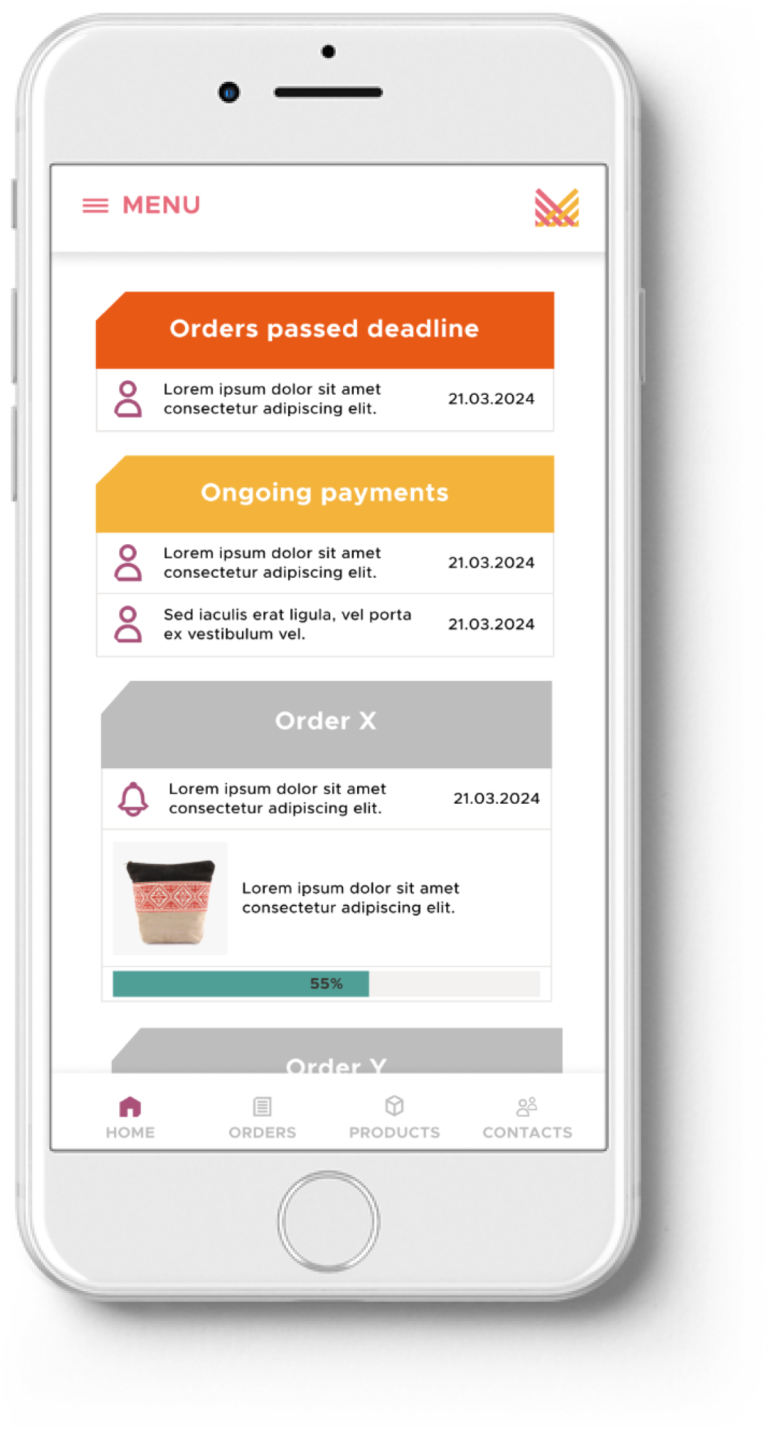


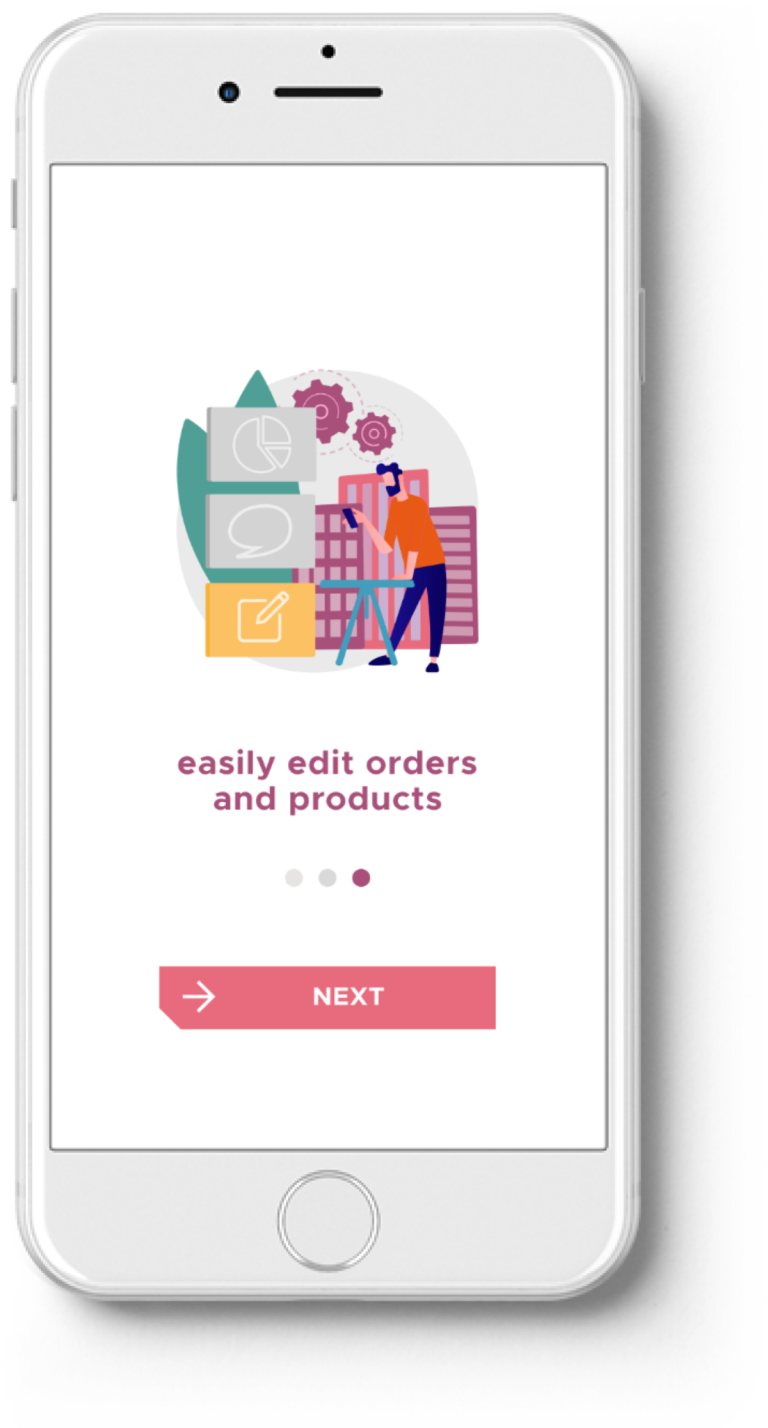
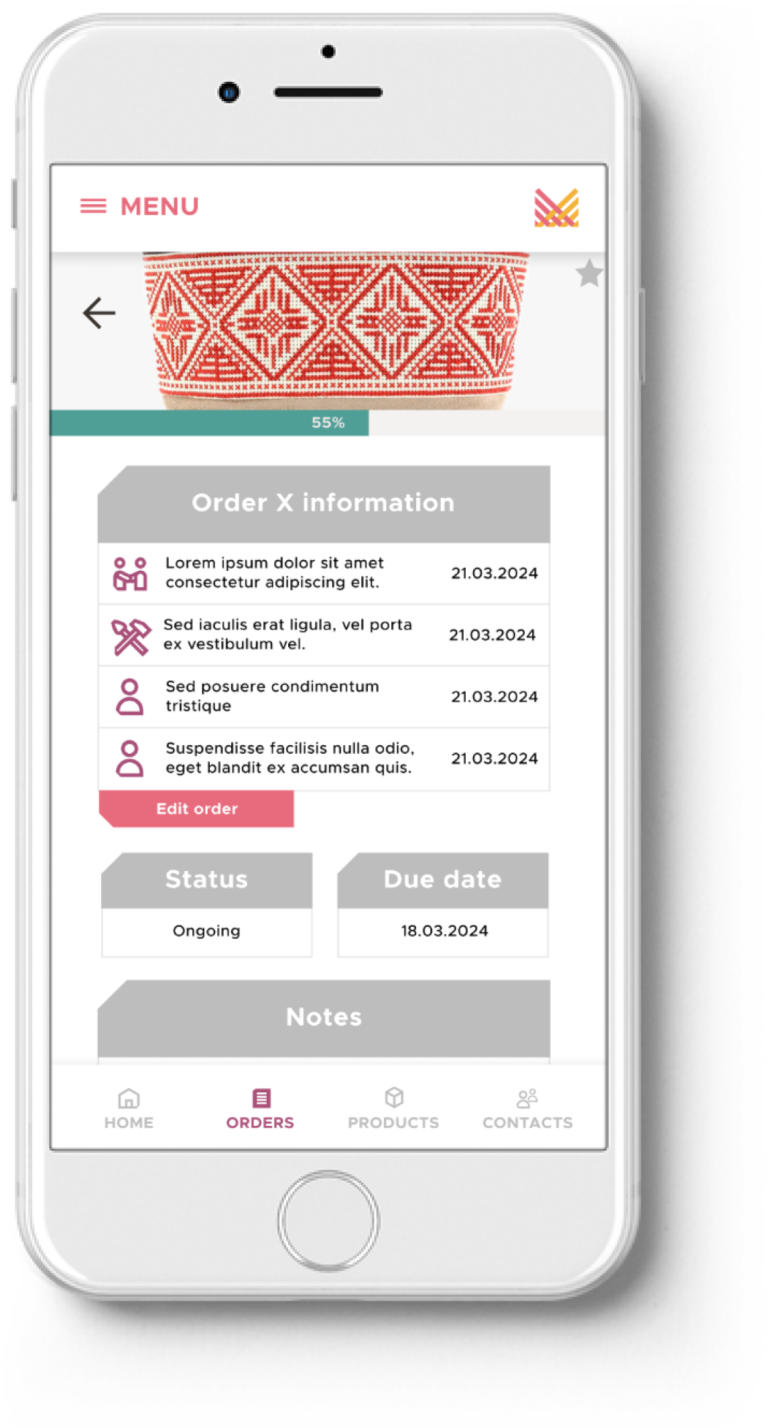
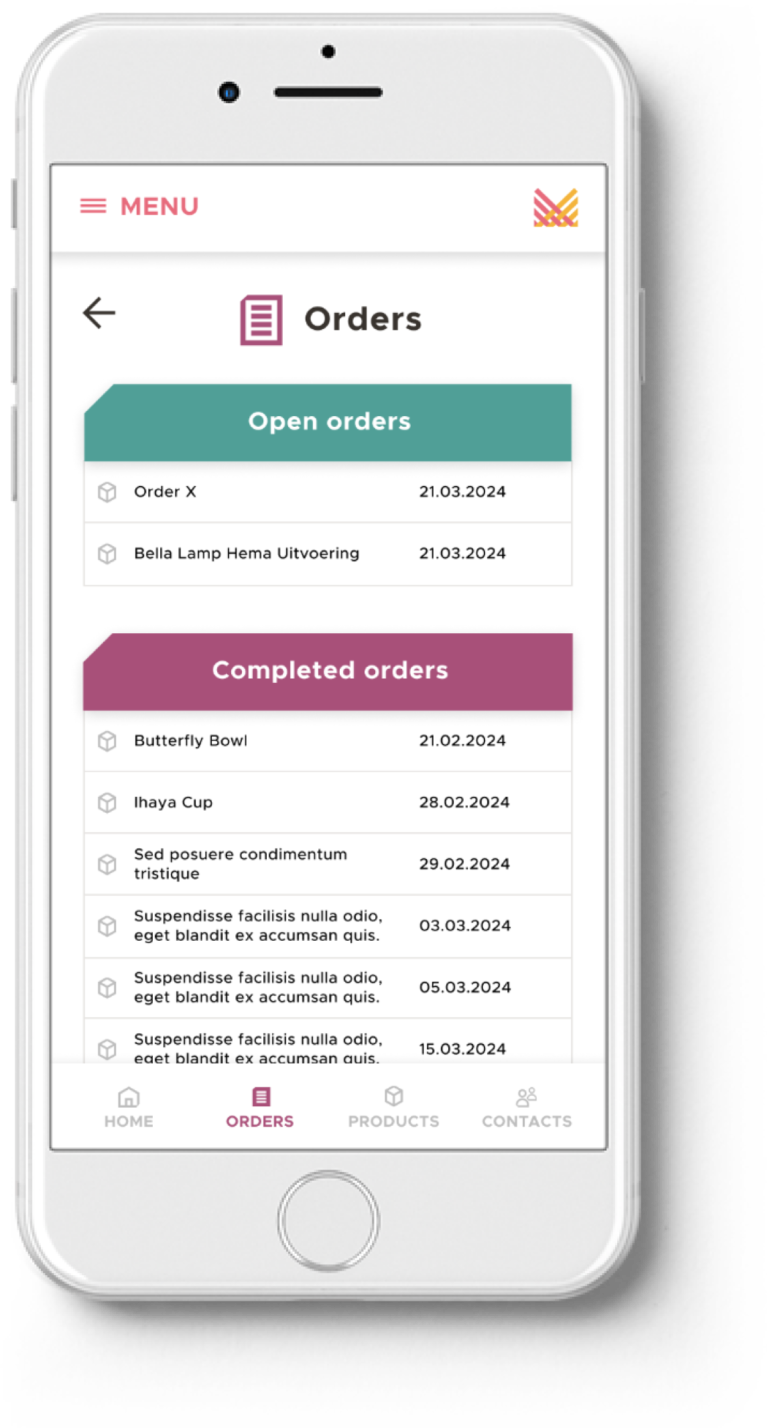


Clickable Prototype
Team Structure

Re-solve project (Summer semester 2022).By students of international Master’s integrated Design at Anhalt university